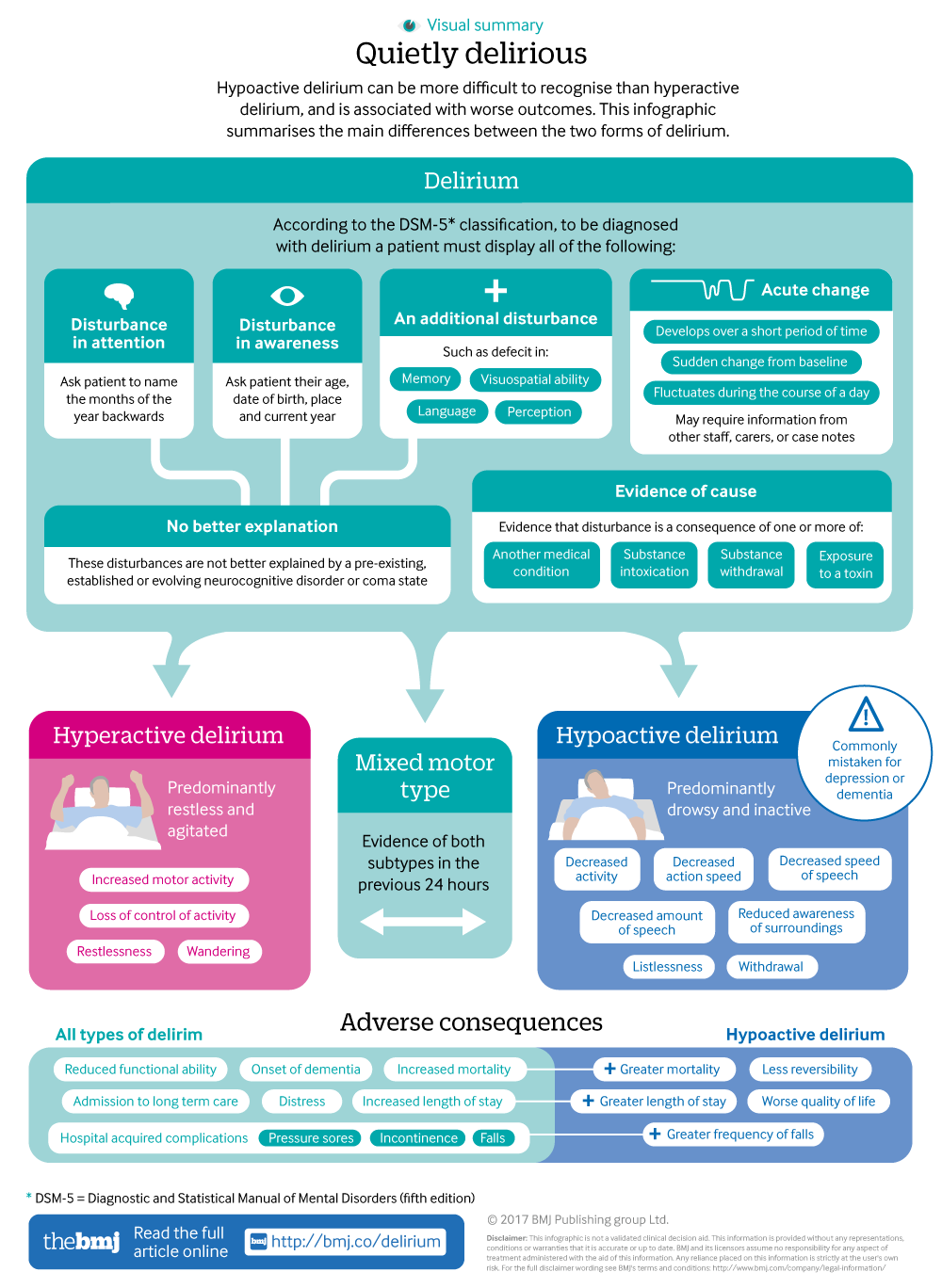Men’s Mental Health Treatment Options
Men’s Mental Health Treatment Options
Blog Article
Just How Do State Of Mind Stabilizers Job?
Mood stabilizers aid to soothe areas of the mind that are impacted by bipolar disorder. These drugs are most effective when they are taken routinely.
It may take a while to locate the ideal medication that functions ideal for you and your doctor will check your condition throughout therapy. This will certainly involve normal blood examinations and possibly an adjustment in your prescription.
Natural chemical regulation
Natural chemicals are a group of chemicals that control one another in healthy and balanced people. When levels end up being out of balance, this can result in state of mind problems like depression, stress and anxiety and mania. State of mind stabilizers help to avoid these episodes by assisting manage the balance of these chemicals in the mind. They likewise might be used along with antidepressants to enhance their effectiveness.
Medications that work as mood stabilizers include lithium, anticonvulsants and antipsychotics. Lithium is maybe one of the most popular of these medications and works by impacting the circulation of salt with nerve and muscular tissue cells. It is usually used to deal with bipolar illness, yet it can also be helpful in treating various other mood conditions. Anticonvulsants such as valproate, lamotrigine and carbamazepine are likewise reliable mood stabilizing medicines.
It can take a while to discover the appropriate sort of medicine and dose for each individual. It is very important to work with your doctor and participate in an open discussion concerning exactly how the drug is working for you. This can be particularly useful if you're experiencing any type of side effects.
Ion channel inflection
Ion networks are a significant target of state of mind stabilizers and numerous various other medicines. It is now well established that they are vibrant entities that can be modulated by a variety of external stimuli. Additionally, the modulation of these networks can have a variety of temporal impacts. At one extreme, modifications in gating characteristics may be rapid and instantaneous, as in the nicotinic acetylcholine receptor/channel system. At the various other end of the range, covalent alteration by protein phosphorylation may lead to modifications in channel function that last longer.
The area of ion channel modulation is getting in a period of maturation. Current studies have shown that transcranial concentrated ultrasound (United States) can stimulate nerve cells by triggering mechanosensitive potassium and salt channels embedded within the cell membrane. This was shown by shared networks from the two-pore domain potassium household in Xenopus oocytes, and focused United States considerably modulated the present streaming with these channels at a holding voltage of -70 mV (right panel, relative effect). The results follow previous monitorings revealing that antidepressants impacting Kv channels control glia-neuron interactions to opposite depressive-like behaviors.
Neuroprotection
Mood stabilizers, like lithium, valproic acid (VPA), and carbamazepine, are necessary in the therapy of bipolar illness, which is identified by recurring episodes of mania and depression. These medicines have neuroprotective and anti-apoptotic residential or commercial properties that assist to avoid cellular damage, and they additionally boost mobile resilience and plasticity in useless synapses and neural circuitry.
These safety activities of mood stabilizers might be mediated by their inhibition of GSK-3, inositol signaling, and HDAC activity. In addition, long-lasting lithium treatment protects against glutamate excitotoxicity in cultured neurons-- a version for neurodegenerative problems.
Research studies of the molecular and mobile impacts of mood stabilizers have revealed that these medicines have a variety of intracellular targets, consisting of several kinases and receptors, as well as epigenetic alterations. Refresher course is support groups needed to determine if state of mind stabilizers have neurotrophic/neuroprotective activities that are cell type or wiring certain, and exactly how these effects might match the rapid-acting therapeutic response of these representatives. This will help to create new, faster acting, extra efficient treatments for psychological diseases.
Intracellular signaling
Cell signaling is the procedure whereby cells communicate with their setting and other cells. It involves a series of steps in which ligands connect with membrane-associated receptors and cause activation of intracellular pathways that manage vital downstream cellular features.
Mood stabilizers act upon intracellular signaling with the activation of serine-threonine healthy protein kinases, leading to the phosphorylation of substrate healthy proteins. This triggers signaling waterfalls, causing changes in genetics expression and cellular feature.
Lots of state of mind stabilizers (consisting of lithium, valproate and lamotrigine) target intracellular signaling pathways by hindering particular phosphatases or turning on particular kinases. These results trigger a decline in the activity of these paths, which results in a decrease in the synthesis of specific chemicals that can influence the brain and bring about symptoms of clinical depression or mania.
Some mood stabilizers additionally work by enhancing the task of the inhibitory natural chemical gamma-aminobutryic acid (GABA). This improves the GABAergic transmission in the mind and minimizes neural activity, consequently creating a calming impact.